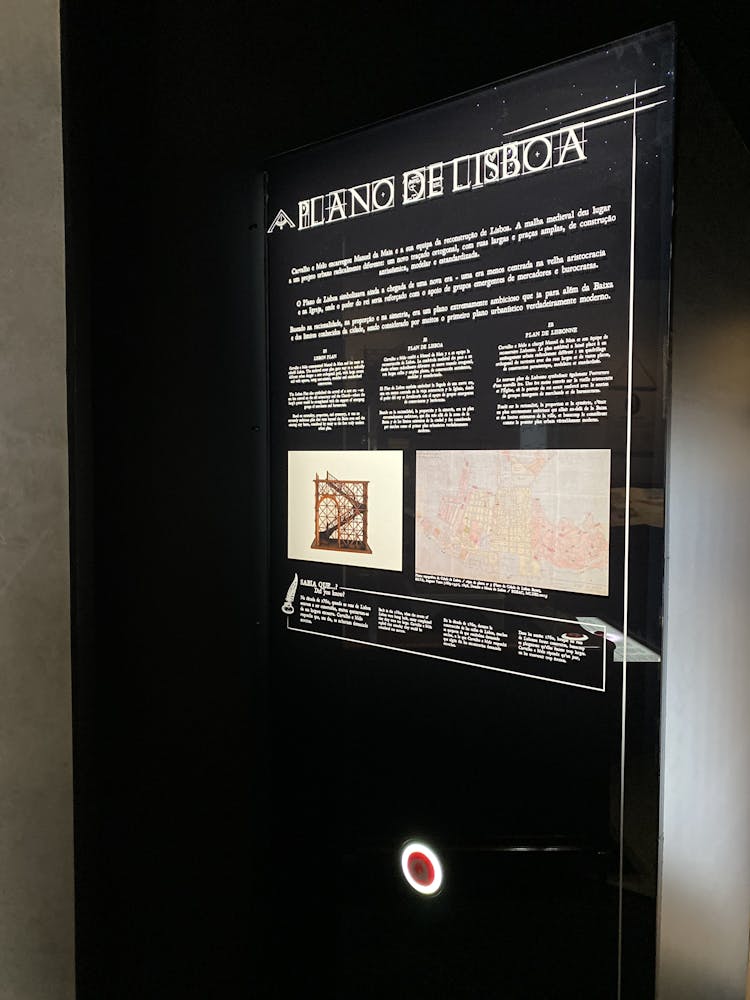Share
We know the details of each decision taken by the Royal Government and the Secretary of State, Sebastião José de Carvalho e Melo, thanks to the book published in 1758, Memoirs of the main measures taken during the earthquake that struck the Court of Lisbon in 1755.
The Providências were 241 measures and provisions drawn up by Secretary of State Carvalho e Melo, signed by the king and executed by his ministers to respond to the consequences of the earthquake, ensure order throughout the kingdom, control the risks, and ensure the survival of the population. They addressed the various problems the city and country faced after the disaster. Carvalho e Melo aimed to ensure fast and efficient decision-making. He understood that today’s problems could turn into tomorrow’s nightmares. The spread of disease, the large number of corpses on the streets, the many displaced, the instability of buildings, the hunger, and the speculation and looting demanded an immediate response.
These measures were later compiled into a book. It was a magnificent publication, carefully printed on linen paper with leather binding and golden fore-edges. The book was divided into 13 sections—12 for specific subjects and one for miscellaneous issues—dealing with how to minimise the risk of epidemics and ensure health care; maintain order; prevent pirate attacks; organise the clearing of rubble; ensure the safety and continuation of religious worship; organise judicial, fiscal, and financial aspects; and lastly, appoint the High-Engineer of the Kingdom Manuel da Maia to plan the reconstruction of Lisbon.
The Providências were published as an answer to a debate about Carvalho e Melo that was starting to stir Portuguese society. Some saw him as the man who saved Lisbon from chaos and others saw him as a dictator that usurped the power of the king to make sure his political, philosophical, and social beliefs would become the rule of the land.
In addition to informing the public about the measures taken, this book was also a very effective component of what historians would later call “propaganda”. The legal labyrinth of political tradition, excessively marked by the formalism of law, was then superseded by the need to react quickly and efficiently to an unprecedented catastrophe.
The first set of measures addressed the risk of epidemics, given the decomposition of corpses, by speeding up burials or dumping bodies found in the rubble at sea. Next came food, with the distribution of provisions, unloading and transporting goods, tax exemptions, and points of sale. Thirdly, providing health care to and hospitalising the wounded—with orders addressed to the Grand Officer of the King's House, the Duke of Lafões, and the Abbot of São Bento—by transforming cellars into hospitals while infirmaries were being rebuilt.
Then the subject of the order, to prevent robbery, for example, was addressed, using summary trials and resorting to hanging criminals caught in the act. Corregedores dos Bairros, representing the royal police, with the help of the Marquis of Marialva, Grand Squire, were in charge of monitoring the inhabitants and requisitioning the unemployed for the reconstruction work: They took advantage of the situation to punish those who lived together without being married and arrest the preachers responsible for the apocalyptic prophecies of the catastrophe.
Soldiers were dispatched with the mission to prevent pirate attacks and to crack down on smuggling. Cavalry regiments were sent to the coastal areas. The regiments of Évora, Cascais, Peniche, and Setúbal were sent to Lisbon, and the Marquis of Tancos was appointed General Superintendent in charge of public order in the city.
Judicial, fiscal, and financial reorganisation required court relocation, the construction of new warehouses, the installation of government agencies—including the sugar and tobacco customs offices—and the protection of the royal coffers; and all these expenses were covered by the new 4% tax levied on all trade.
Finally, reconstruction work had to begin and measures to clear the city to avoid flooding, clear the main streets, and give instructions on how to proceed in case bodies were found were drawn up. New problems arose every day, such as how to protect high-value objects and treasures found in the rubble. The king's engineers had the difficult task of making sure religious edifices were safe to enter.
These provisions illustrate the monumental scale of the problems posed, as was the case for the various measures concerning construction materials, their origin, unloading, and management. The measures also imposed rent control at pre-earthquake prices for homes, shops, and warehouses. Squares, streets, houses, and public buildings were to be measured and chief engineer Manuel da Maia was authorised to appoint engineers to assist him. Extensive legislation strictly regulated the sale and purchase of property, financing, and credit for construction work, and the manner of assessing and paying compensation to those who had lost land to public easements. Even more important was defining the scope of the reconstruction, the type of facades, building alignment, and the width and shape of the streets according to chief engineer Manuel de Maia’s overall plan.

There are fourteen Providências, arranged by subject and broken down as follows:
"I. To avoid the fear of the plague that threatened the corruption of corpses, which were innumerable and there were no living people to bury them, due to the general and hasty desertion of Lisbon's inhabitants;
II. To avert the famine that would necessarily follow, not only because there was no one to take the food, but also because many of their stores were buried in ruins and scorched by fire;
III. To heal the wounded and sick who were helpless in the streets in certain danger of dying;
IV. To bring back the inhabitants of Lisbon who had deserted, in order to re-establish the settlement, without which nothing could be done;
V. To prevent robbery and punish the thieves who had plundered the City by stripping the Houses and Temples
VI. To prevent robbery from taking place by sea, and for this purpose to round up the River;
VIII. To order some Troops from the Kingdom to serve the great work of the City and its peace;
IX. Give the necessary facilities for the interim accommodation of the people;
X. To re-establish the exercise of the Divine Office in the few Churches that had been saved, or in decent interim accommodations;
XI. To gather the Religious who were wandering about dispersed and to give them the possible enclosure; XII. To attend to the various necessities in which the people were, which by various and sundry are reduced to a separate class;
XIII. Acts of Religion of His Majesty to placate the Divine wrath and to thank the Lord for so many benefits;
XIX. The most conducive means are given for the rebuilding of the City."
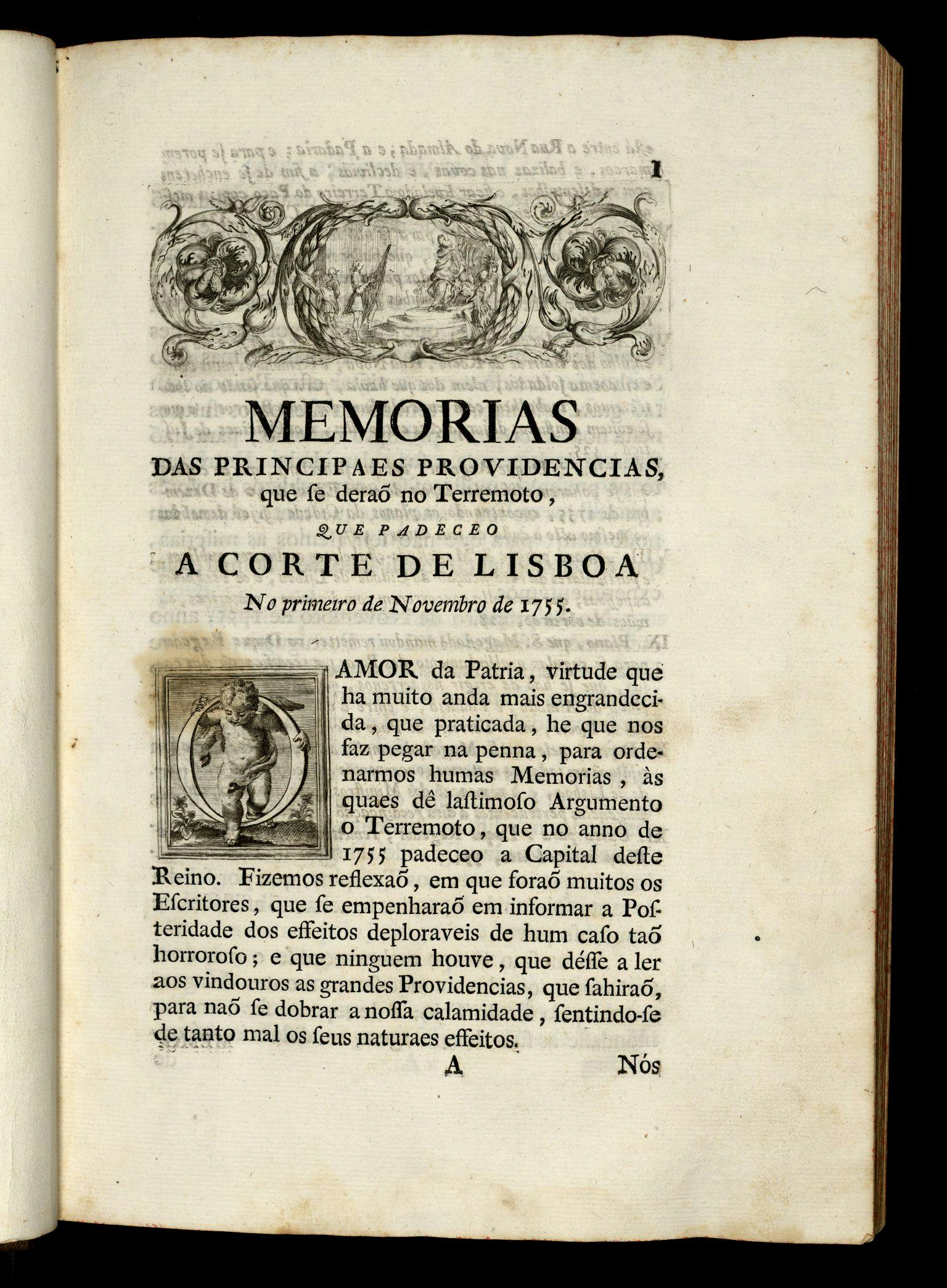
This book, which inaugurated a new way of disseminating political government, was based on three essential elements.
The classic dedication, which is quite long and elaborate over six pages, clarifying the importance of King José as the foundation of the regime.
The systematic listing of the Providencias, both religious and practical, taken by the king, and with the help of God, described over forty pages. The concept of "Providencias" introduced a theological density to the political discourse, which was very important to 18th century readers. The Providencias were based on divine wisdom, anticipating and foreseeing the needs of the people of Lisbon, according to the order of natural government. According to the author of the most important 18th century Dictionary, Rafael Bluteau, the world was not a "gathering of fortuitous things (...), the great machine of the universe" imposed an "Architect", just as the ship could not sail without a Pilot, and a house without an owner would be contrary to "all good reason". This was the spirit in which the government of the monarchy, copying the properties of divine government, had responded to the challenges caused by earthquake, tsunami and fire. For the rest, a wide-ranging legislative reform - aimed at rationalising the legal system - would take the famous name of the Law of Good Reason and would be published the following year, 1759.
A collection of notices, decrees and other documents of the same kind, reflecting the concrete legislative measures taken by the king and executed mainly by Sebastião José de Carvalho e Melo to control the difficulties felt in Lisbon and in the rest of the country.
This book, with its luxurious binding, and despite the long dedication to the king, which exalts his divine power, strengthened and justified Sebastião José de Carvalho e Melo's position, showing how effective was his government's response to the catastrophe that had befallen Lisbon. Without referring directly to the Secretary of State, the author, Francisco Freire, a very erudite oratorian, poet and translator of classics, integrated the group of those who tried to form around Sebastião José a movement for the transformation of the royal policy. But also of monopolisation of the government, in favour of an Enlightenment political project, but also muscular, or despotic, which has led to complex debates on the consistency and direction of the so-called pombalism.

"Providence I: Notice to the Marquis Estribeiro-Mor to remove from the ruins the body of the Ambassador of the Catholic King.
Your Excellency
It has come to Your Majesty's knowledge that the Ambassador of the Catholic King is found under the ruins of his house, and Your Majesty orders me to ask Your Excellency to take all necessary steps to have him removed from the ruins. God save Your Excellency. Paço de Belém, the first of November 1755. Sebastião José de Carvalho e Mello. "
The Spanish ambassador, the Count of Peralada, died in his nightshirt while trying to flee into the street, crushed under the stone coat of arms of the Meneses, which adorned the facade of the palace in which he lived. It was perhaps the most illustrious death of the Lisbon Earthquake, so one of the greatest urgencies was to recover his body, provide him with proper care, and ensure that the Catholic rites were observed.
Queen Mariana Vitoria of Portugal corresponded regularly with her mother, Queen Isabella of Spain. In the first letter written after the earthquake, after assuring Isabel Farnésio how well the Portuguese royal family was, she hastens to mention the death of the ambassador:
"My dear Mother,
This goes by an extraordinary dispatch from the King. I have highly recommended that it be sent to you quickly, before some false news comes to you that will leave you in care. We are all alive and well, a thousand thanks be to God.
I shall now have the honour of telling you as best I can of the fatal accident which happened on Saturday at nine o'clock and three-quarters of the morning. We felt the most horrible earthquake (...) I ran outside with the greatest difficulty, for I could scarcely stand, I came out through the Arabian staircase where certainly, without God's help, I would have broken my head or legs for I could not stand and full of dread, as you may judge, for I believed that the last hour had come. The king came to me later, for he had fled by another way. My daughters stayed in the oratory and came afterwards to us, but though their quarters were somewhat ruined, they suffered nothing thank God, but after that we are in tents in the garden.
(...) After that we still feel some tremors from time to time, but much smaller, thank God, but with all this they terrify me infinitely, because in Lisbon practically the whole city is on the ground and many people are crushed among others poor Peralada [Spanish Ambassador] and to add to the suffering the fire has consumed a large part of the city (...). Our Palace [of Ribeira] is half ruined and what is left is burnt with everything that was inside.
Forgive me, my dear Mother, for not telling you more, but the state and confusion leave me no time (...). There are horrible misfortunes and desolation is general. I ask you most humbly to pray to God to continue to grant us his mercy and preserve us, if that is his will.
Madam, from your Majesty's humble daughter.
Maria Anna Vitoria
Belém, 4 November 1755".
Source: Letter from Maria Ana Victória to her mother Isabel Farnésio, Belém, November 4th 1755, National Historical Archive of Madrid, legajo 2312, transcribed in Caetano BEIRÃO, "O Terramoto de Lisboa de 1755 - Novos Documentos", Panorama, III Series, Nº1 1956
Places to visit
- Museu de LisboaExplore
Continue Exploring
PROVIDÊNCIAS on-line, Biblioteca Nacional de Portugal: http://purl.pt/6695
Bibliography
Maria Isabel Braga ABECASIS, A Real Barraca. A Residência na Ajuda dos Reis de Portugal após o Terramoto (1756-1794), Tribuna da História, 2009.
A. Banha de ANDRADE, Vernei e a Cultura do seu Tempo, Universidade de Coimbra, 1966. Jorge
Borges de MACEDO, O Marquês de Pombal. 1699-1782, Biblioteca Nacional, Série Pombalina, 1982.
Nuno Gonçalo MONTEIRO, D. José, Na sombra de Pombal, Círculo de Leitores, 2006.
José SUBTIL, «Memória e Poder, o Terramoto de 1755», O Terramoto de 1755: Impactos Históricos, Livros Horizonte, 2007, pp. 209-225.
José SUBTIL, «Pombal e o Rei: valimento ou governamentalização?», Ler História, 2011, pp. 53-69. https://doi.org/10.4000/lerhistoria.1472
1755 O Grande Terramoto de Lisboa, 4 vols., FLAD, Público, 2005
Show other RFID points
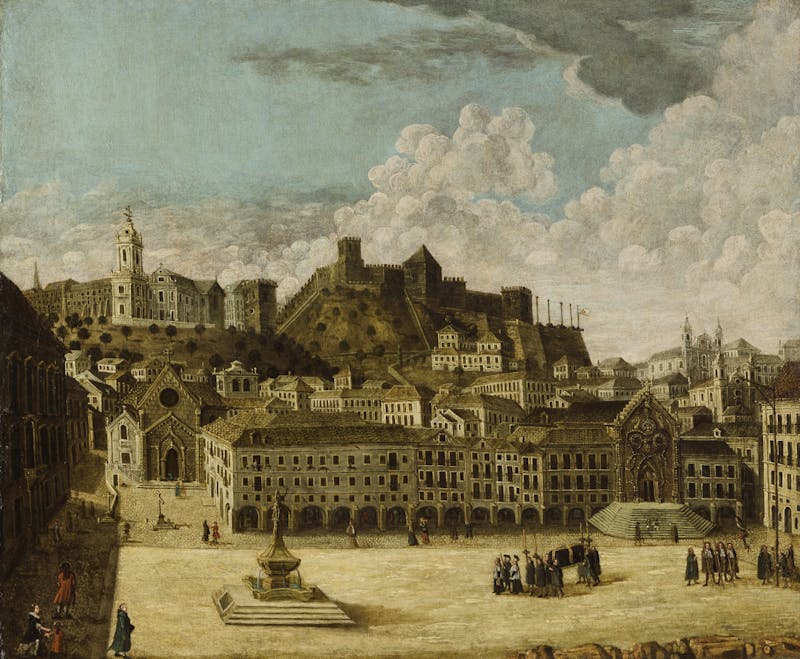
Lisbon 1755 - A city of contrasts
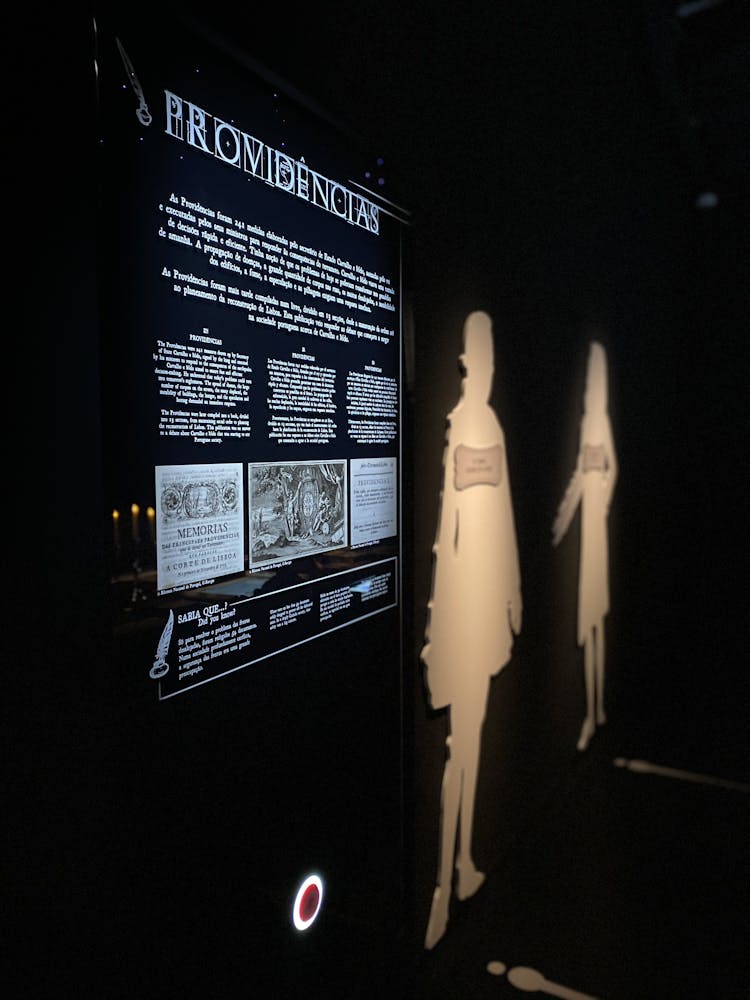
Providências

The German merchant

Surgeon Bleeding Barber
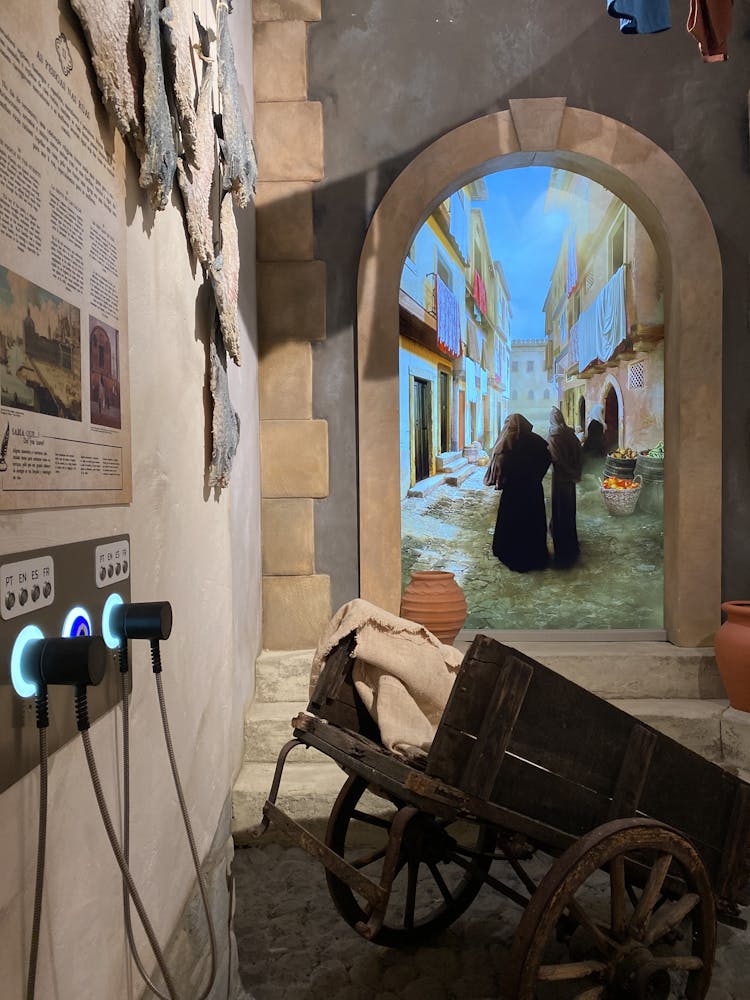
The people in the streets
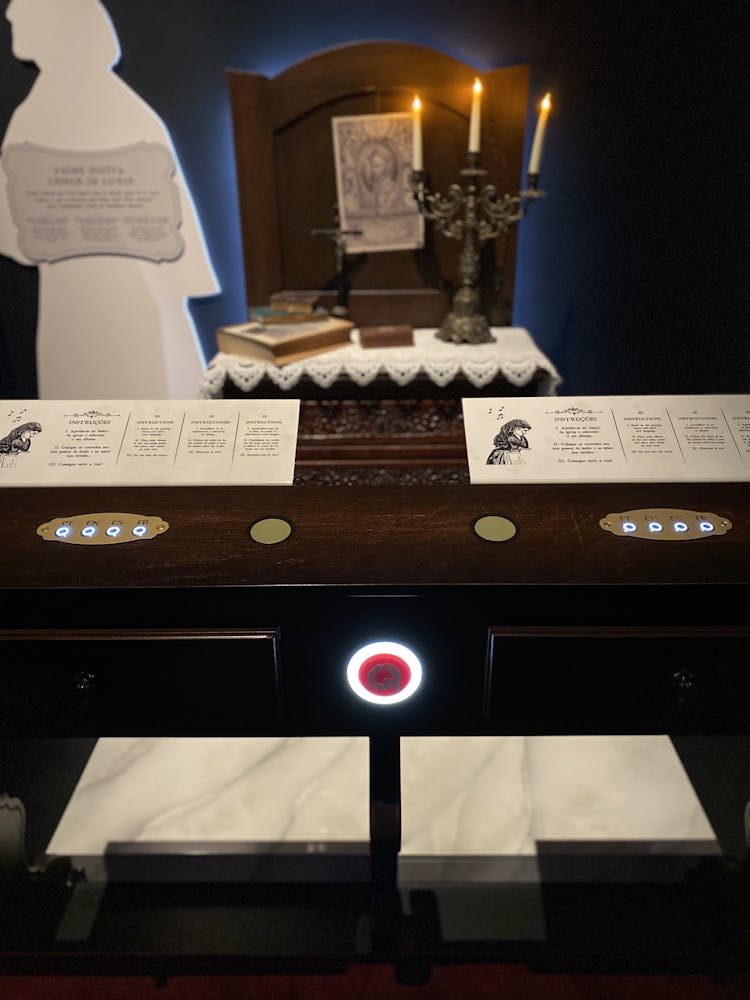
Jesuit book censor Priest
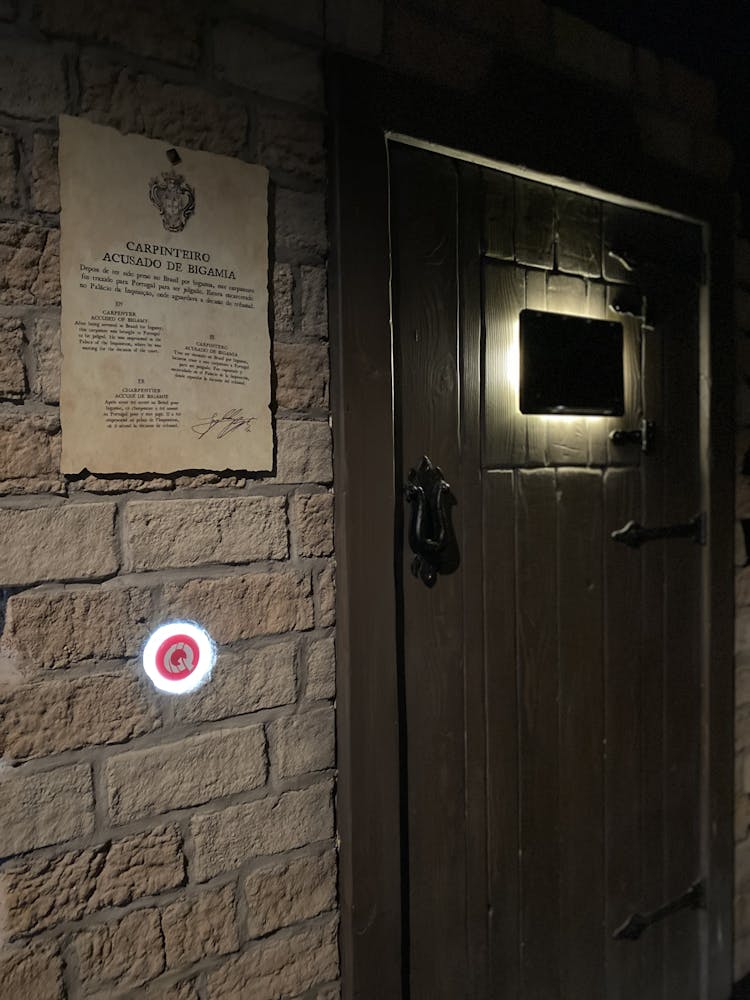
Carpenter accused of bigamy
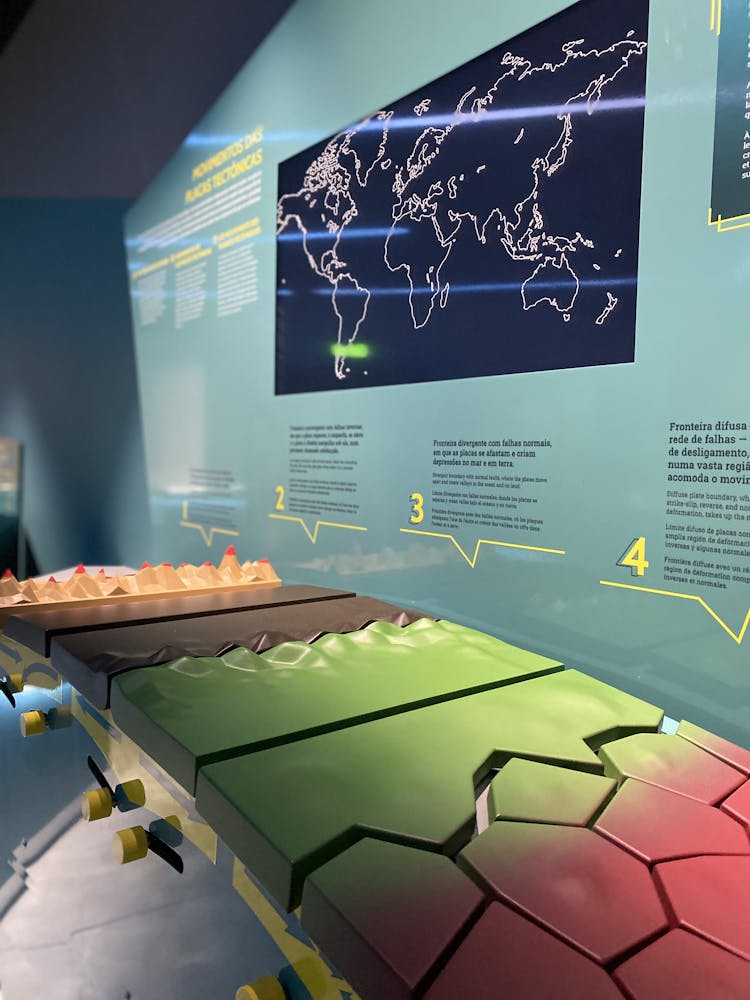
Tectonic Plates and Moving Plates
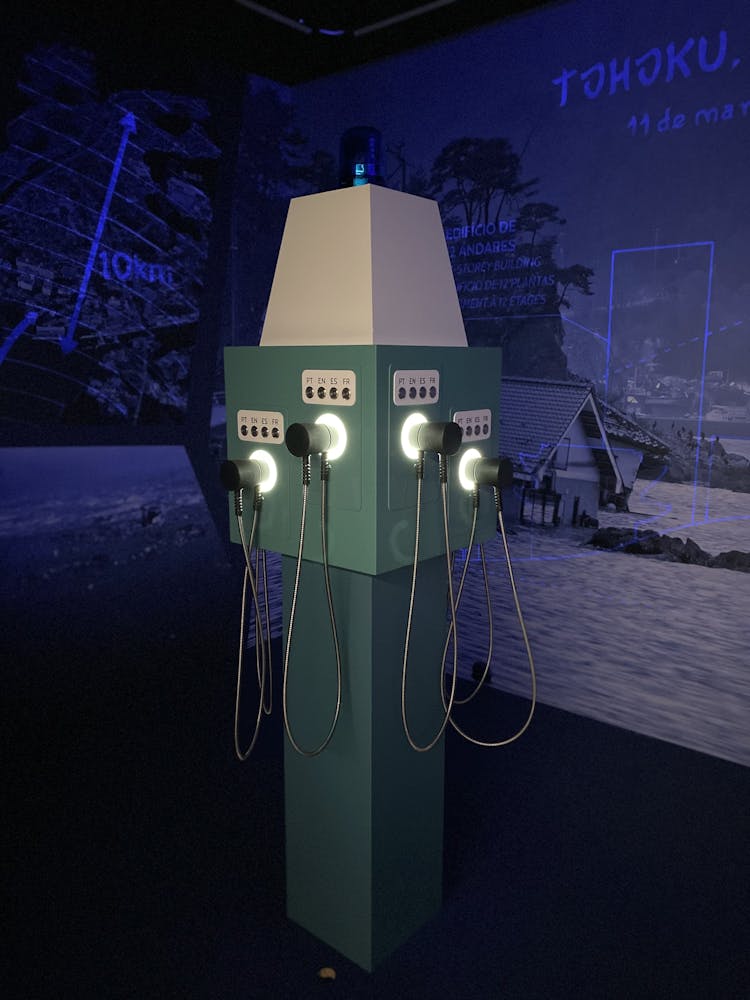
San Francisco and Tohoku
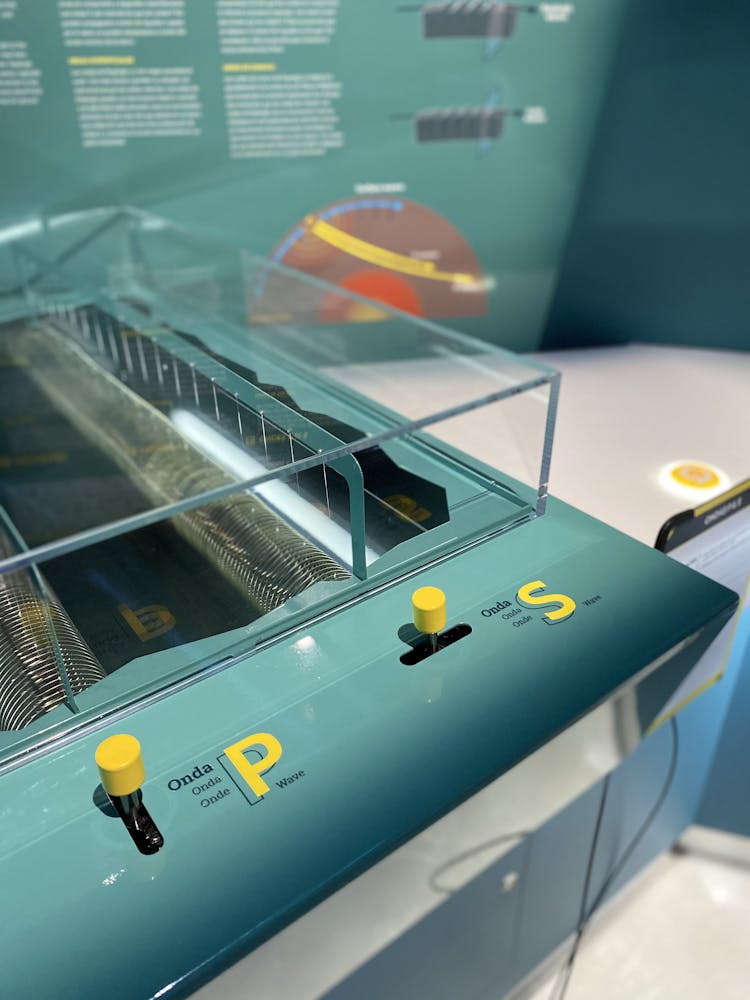
P&S Waves
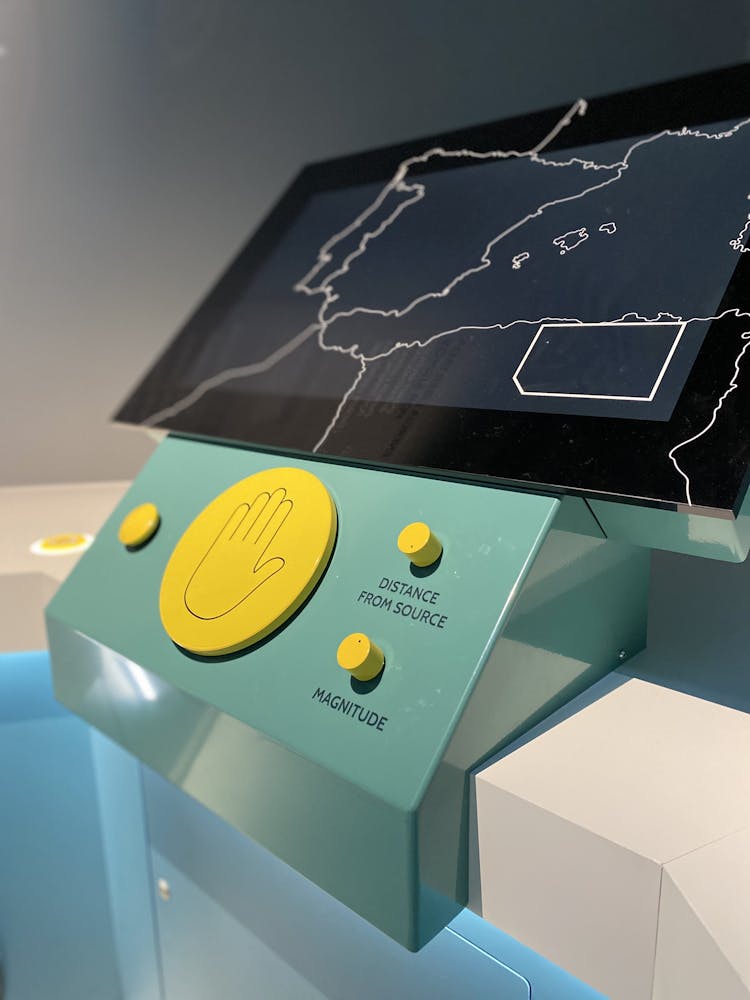
The Size of an Earthquake
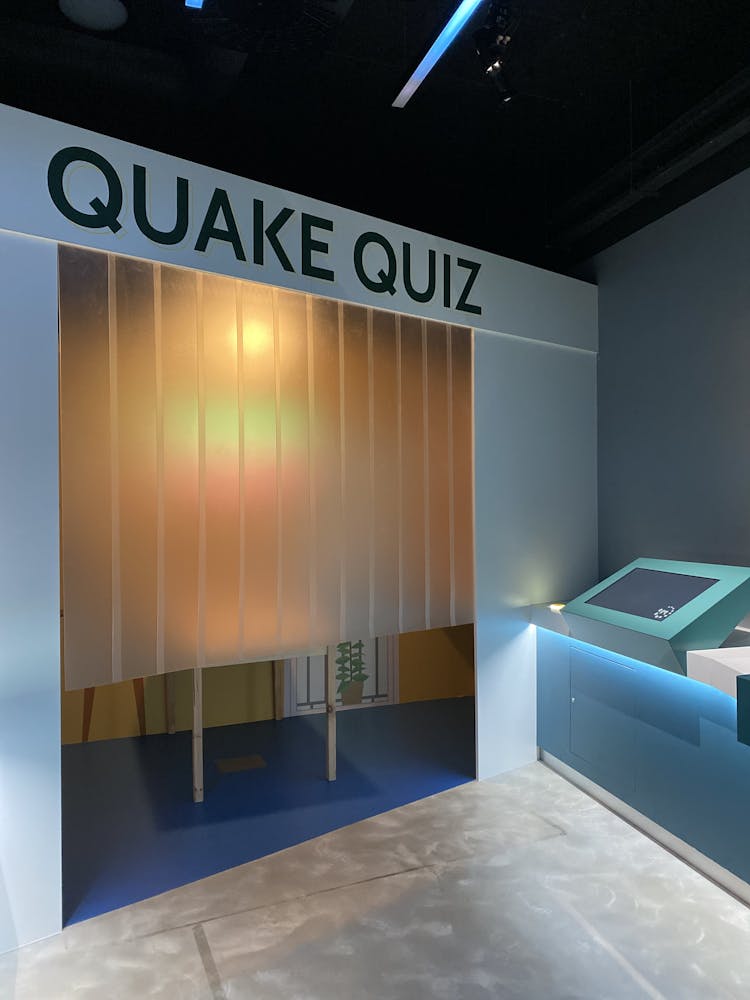
Are we prepared for the next one?
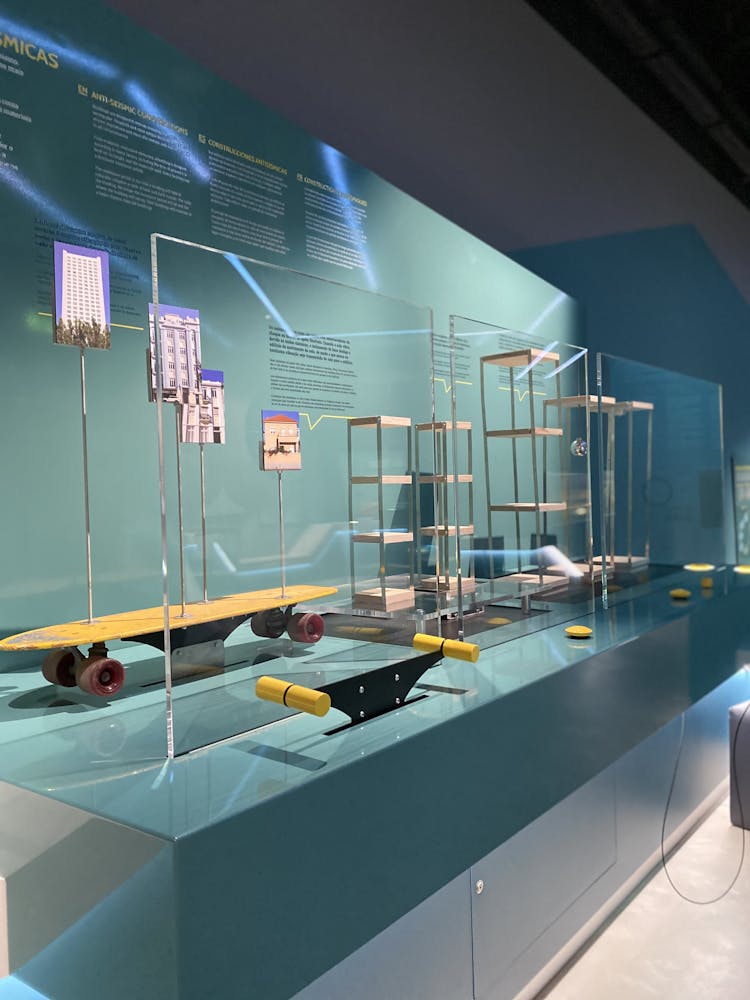
Anti Seismic Constructions
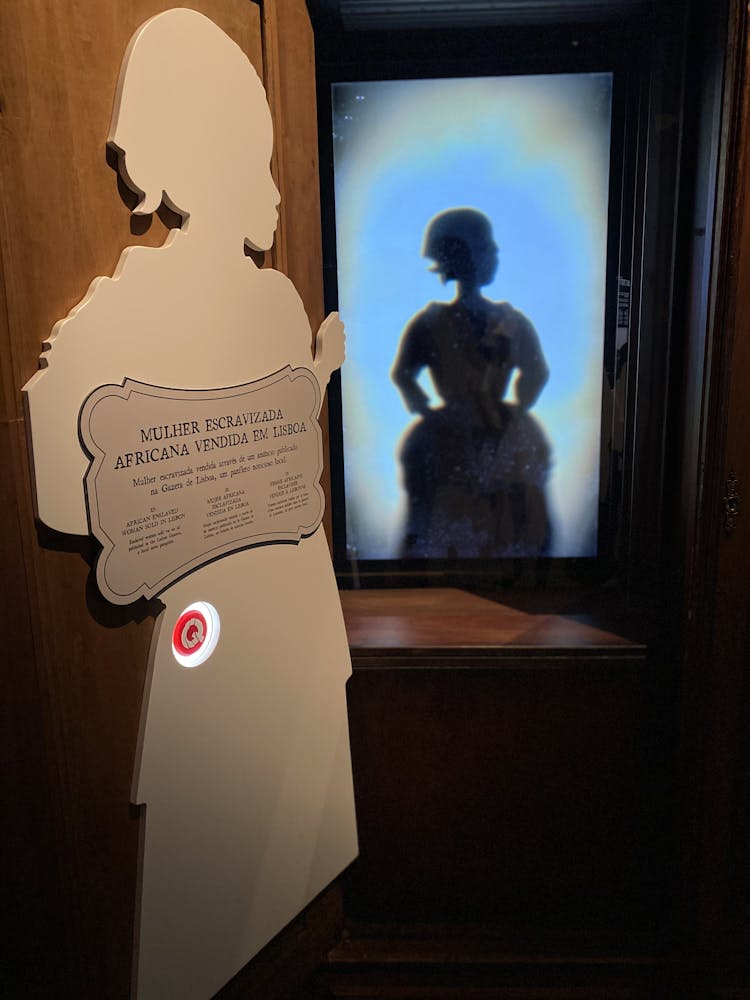
African enslaved woman bought in Lisbon
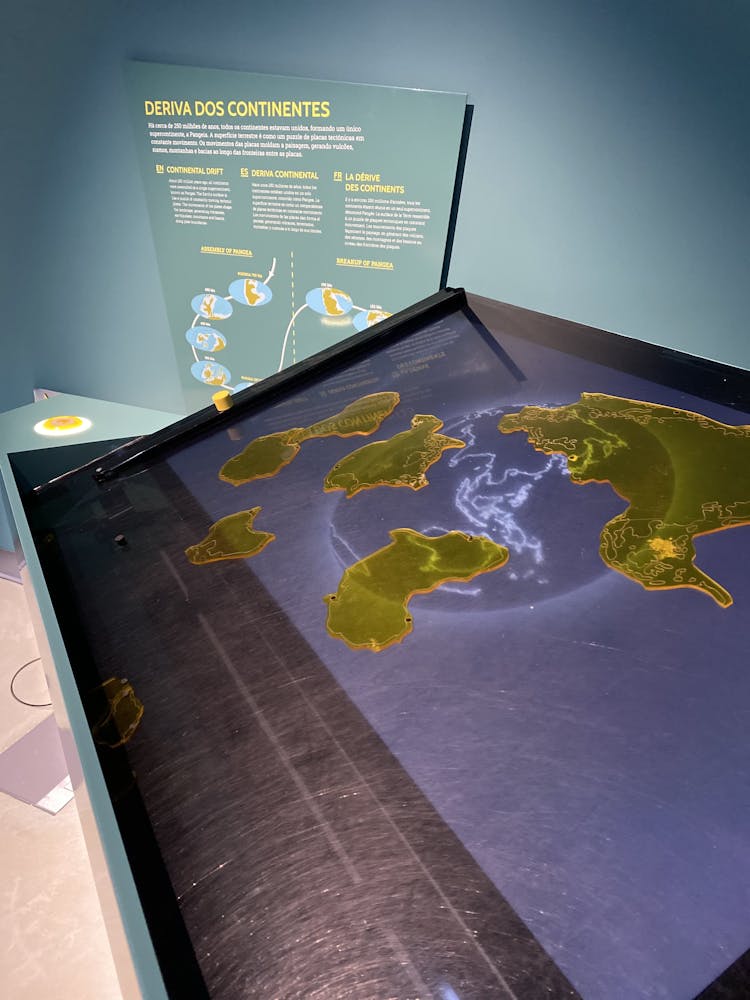
Continental Drift
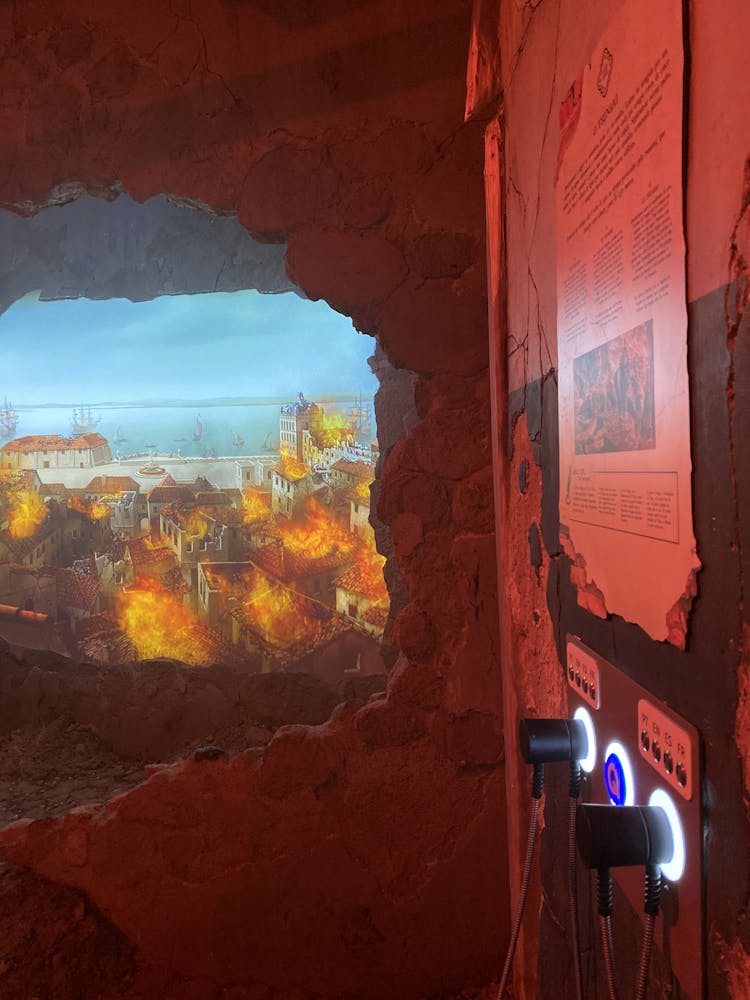
The Tsunami

Seismometer
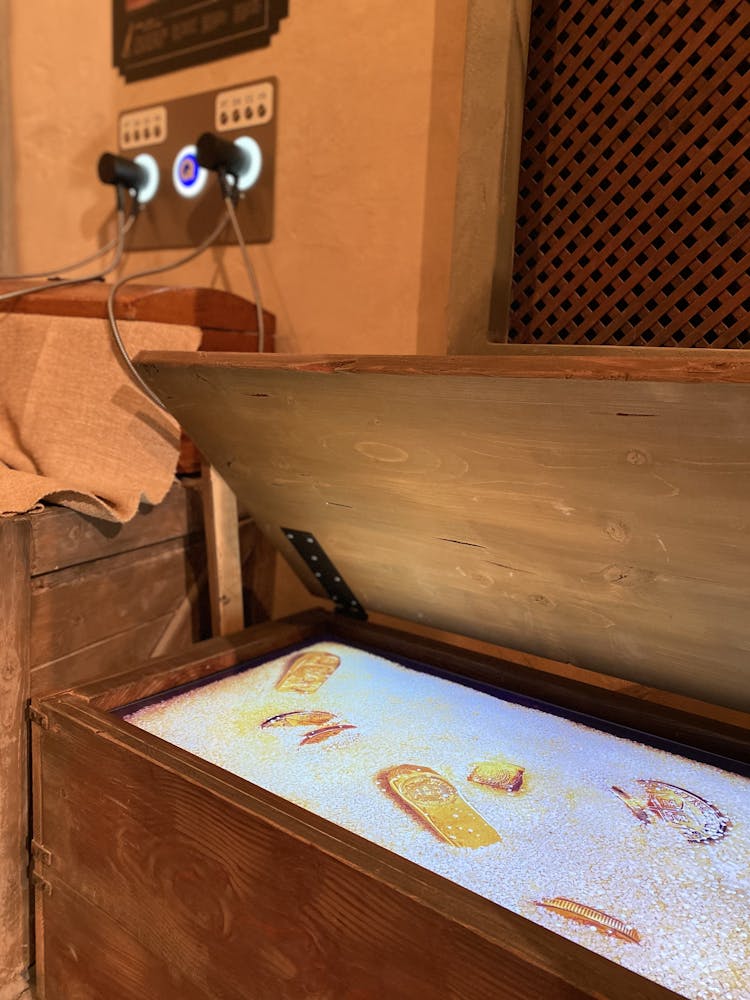
Richness of the city and gold smuggling
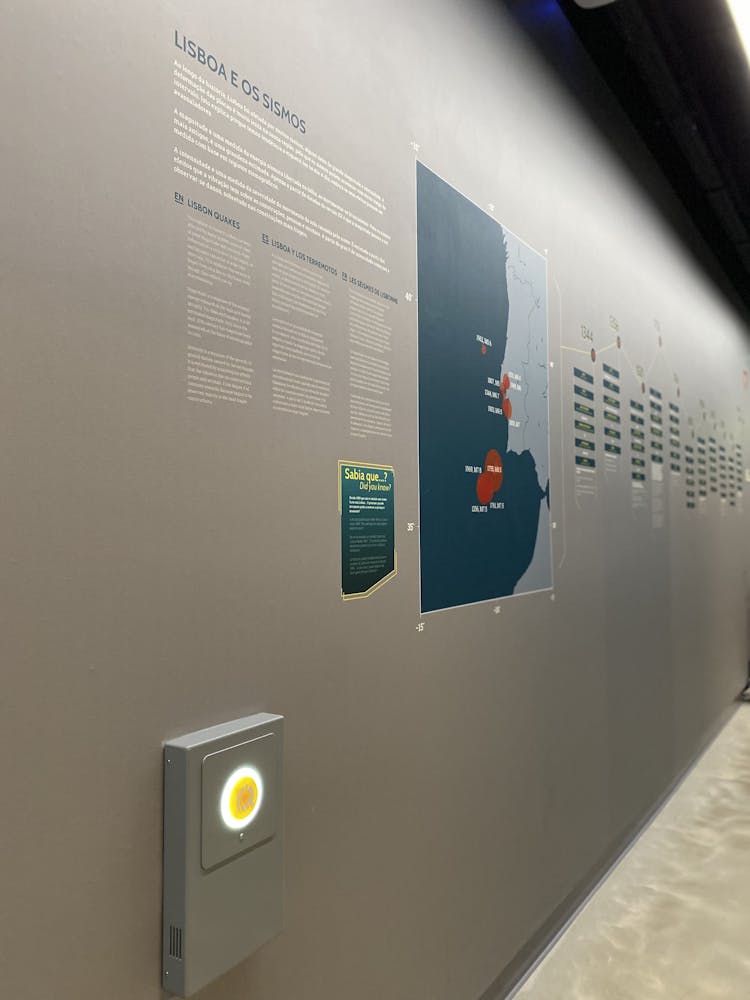
Portugal Tectonics and Lisbon Quakes

How the fires started and propagated
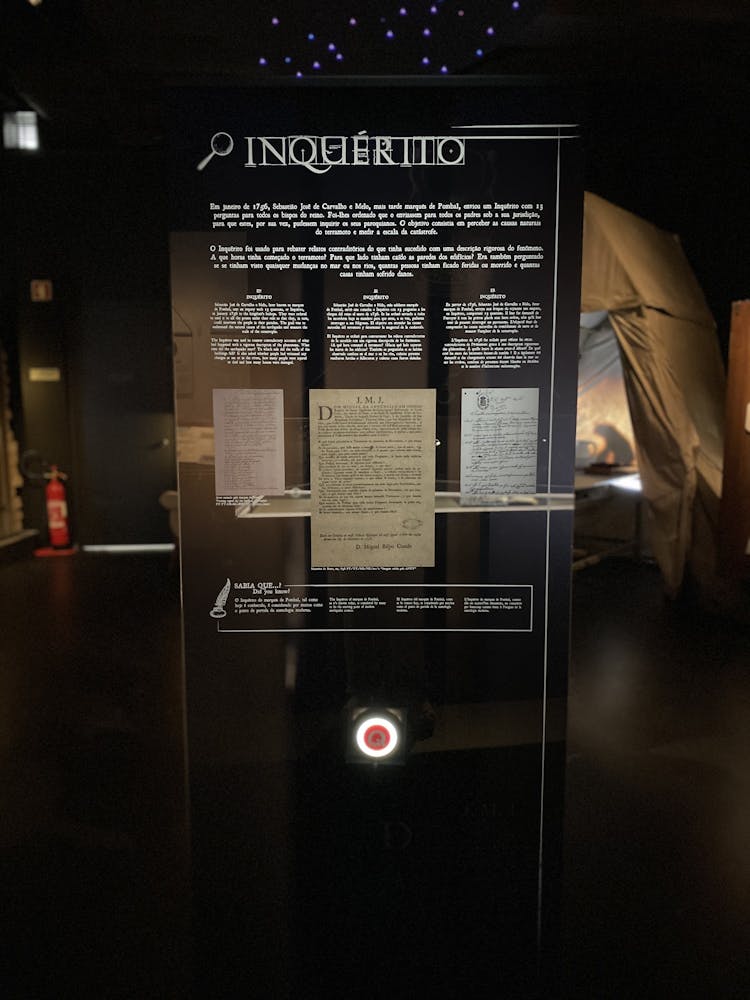
Inquérito
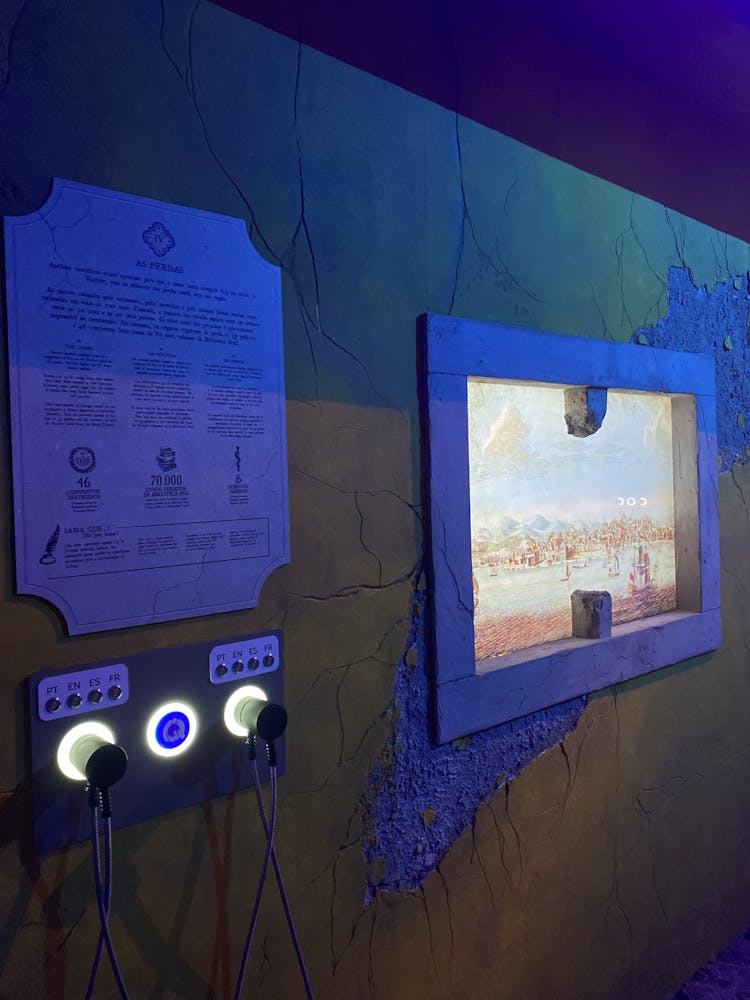
The losses
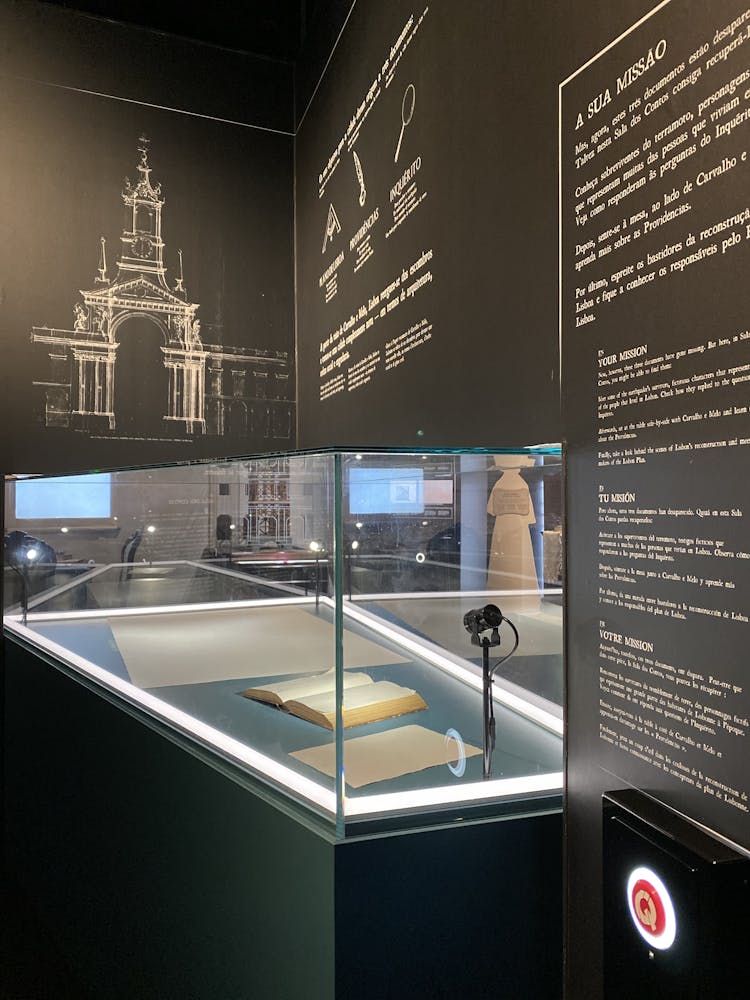
The three missing documents
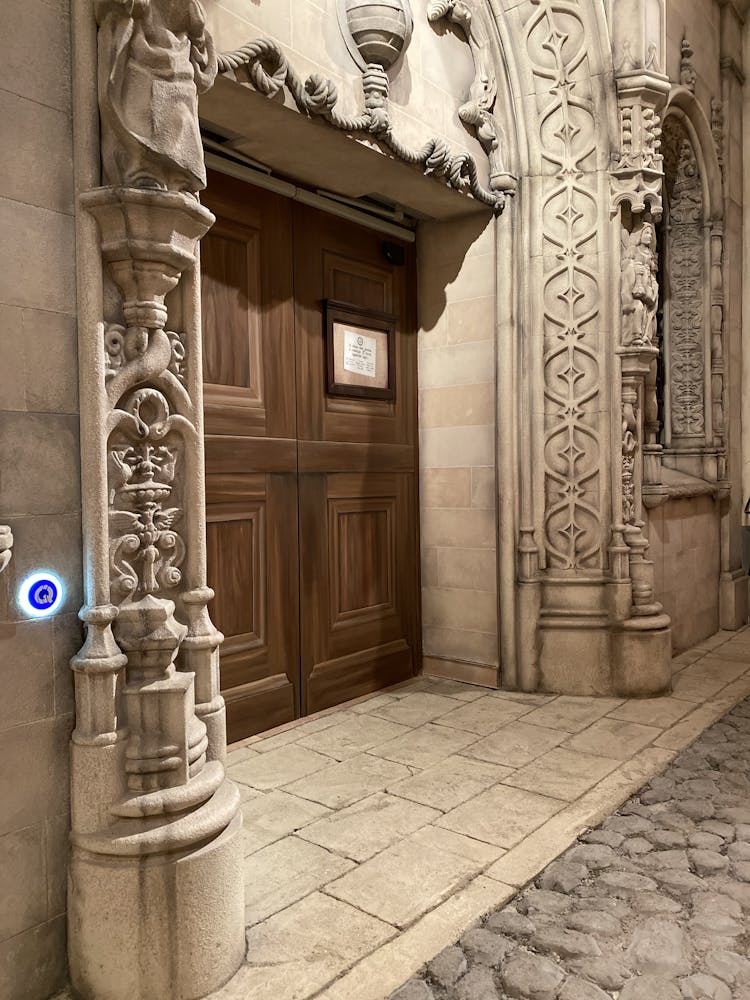
Traditional Rite Masses
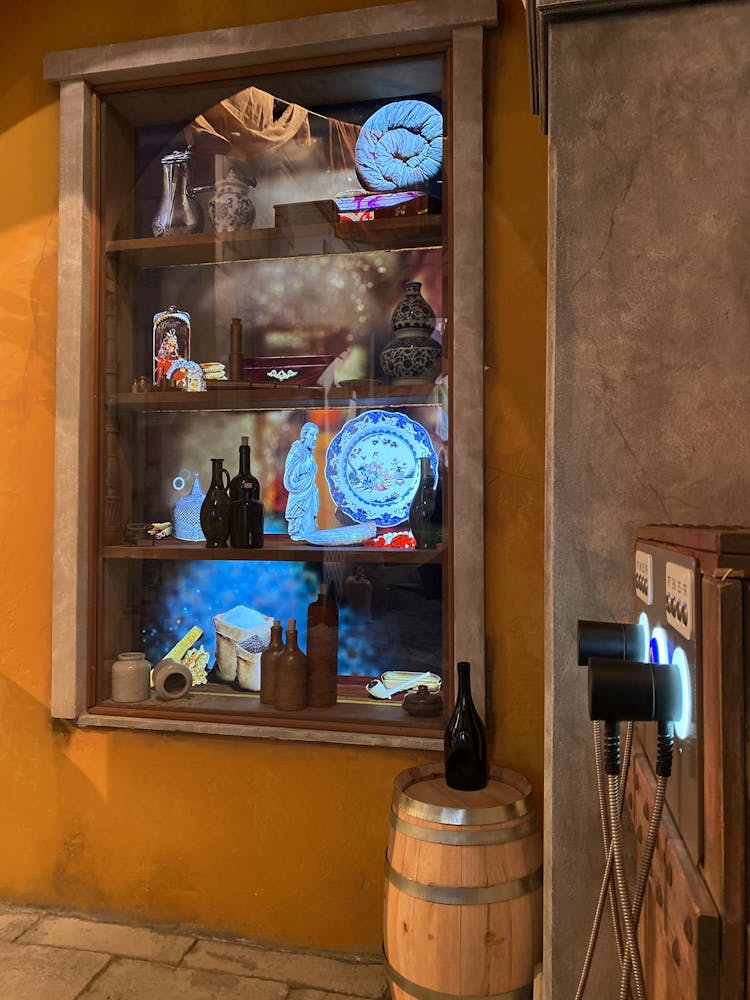
The connection with the colonized territories
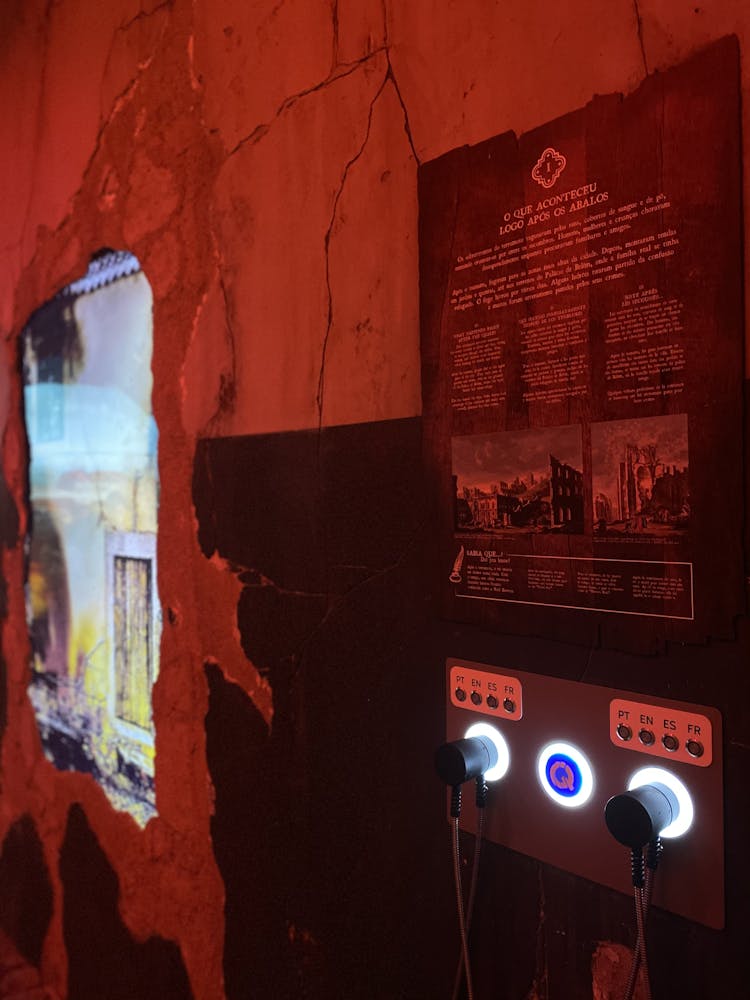
What happened right after the quakes
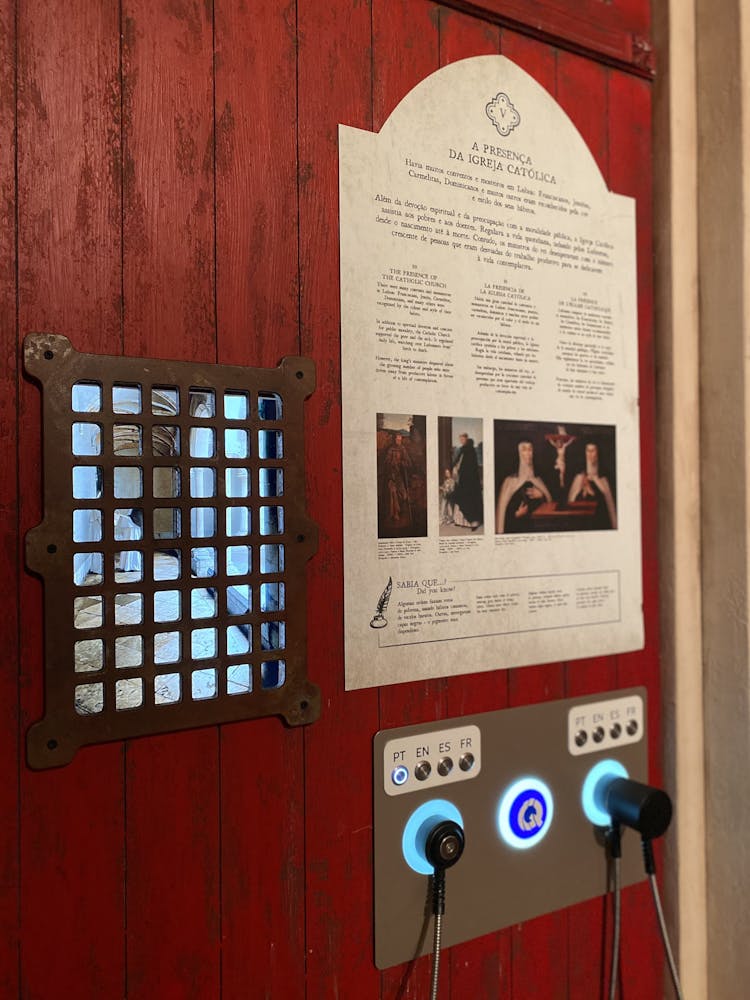
Presence of the Catholic Church
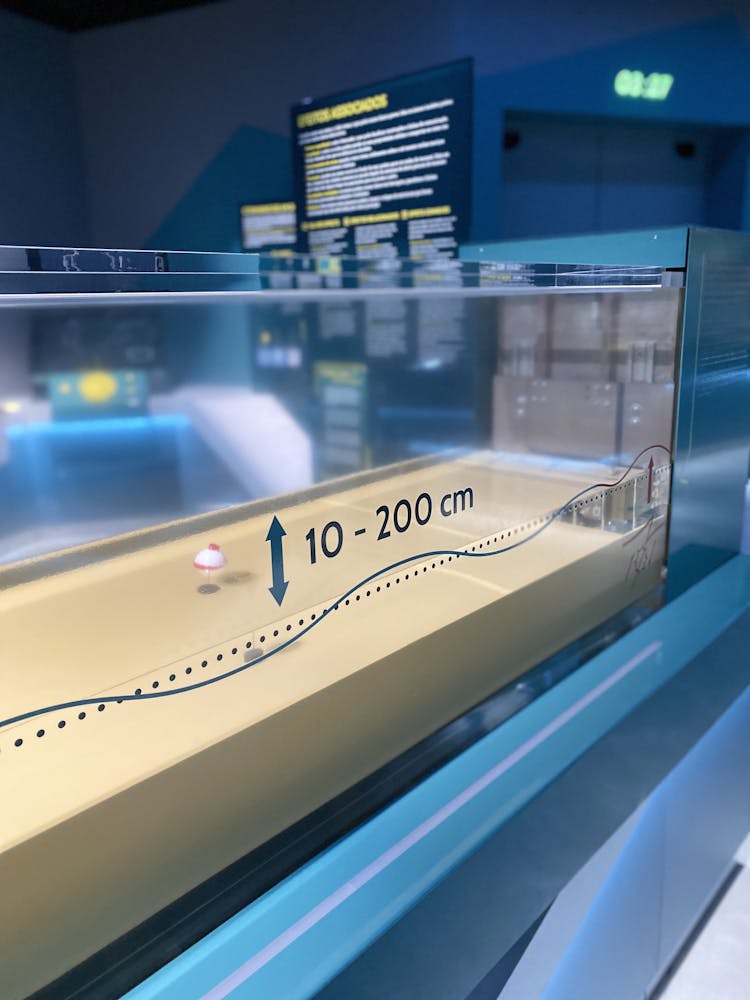
Related Effects

The King's Ministers
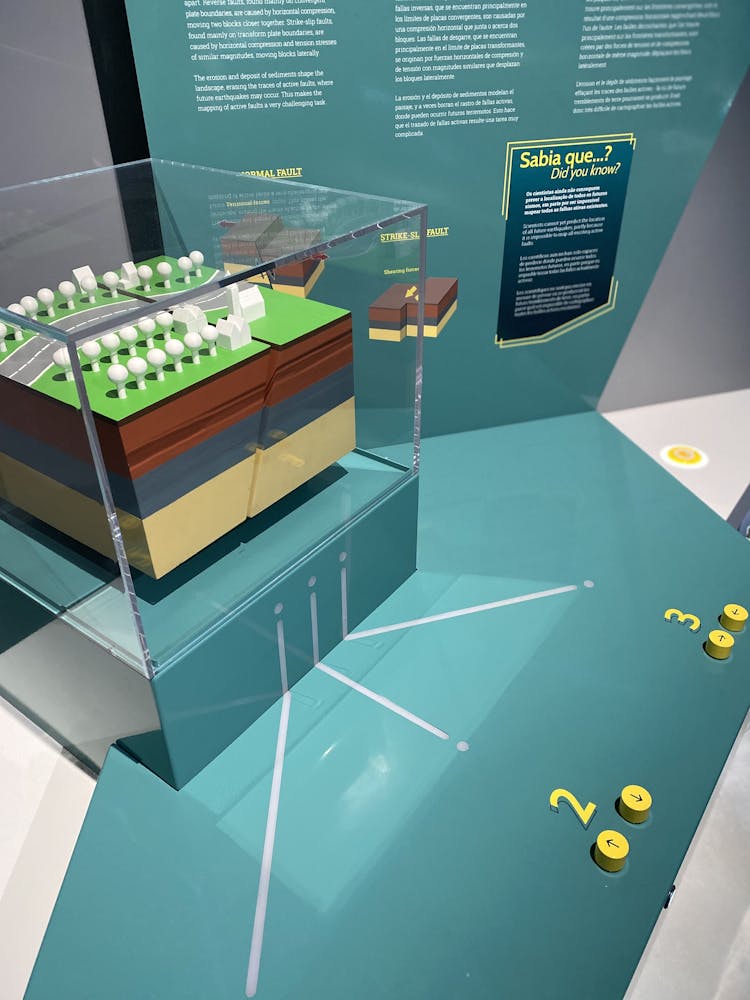
Earthquakes and Faults
